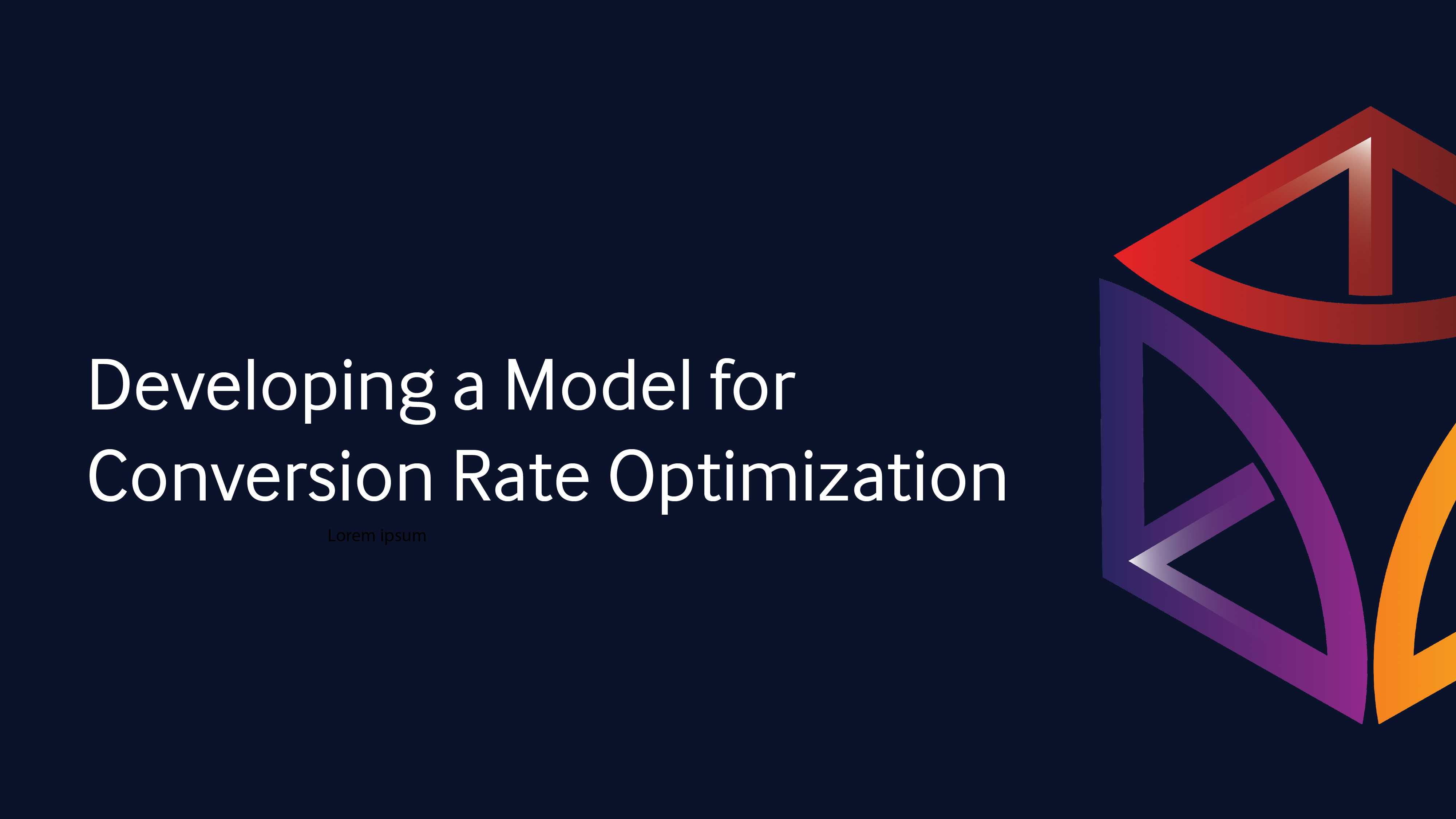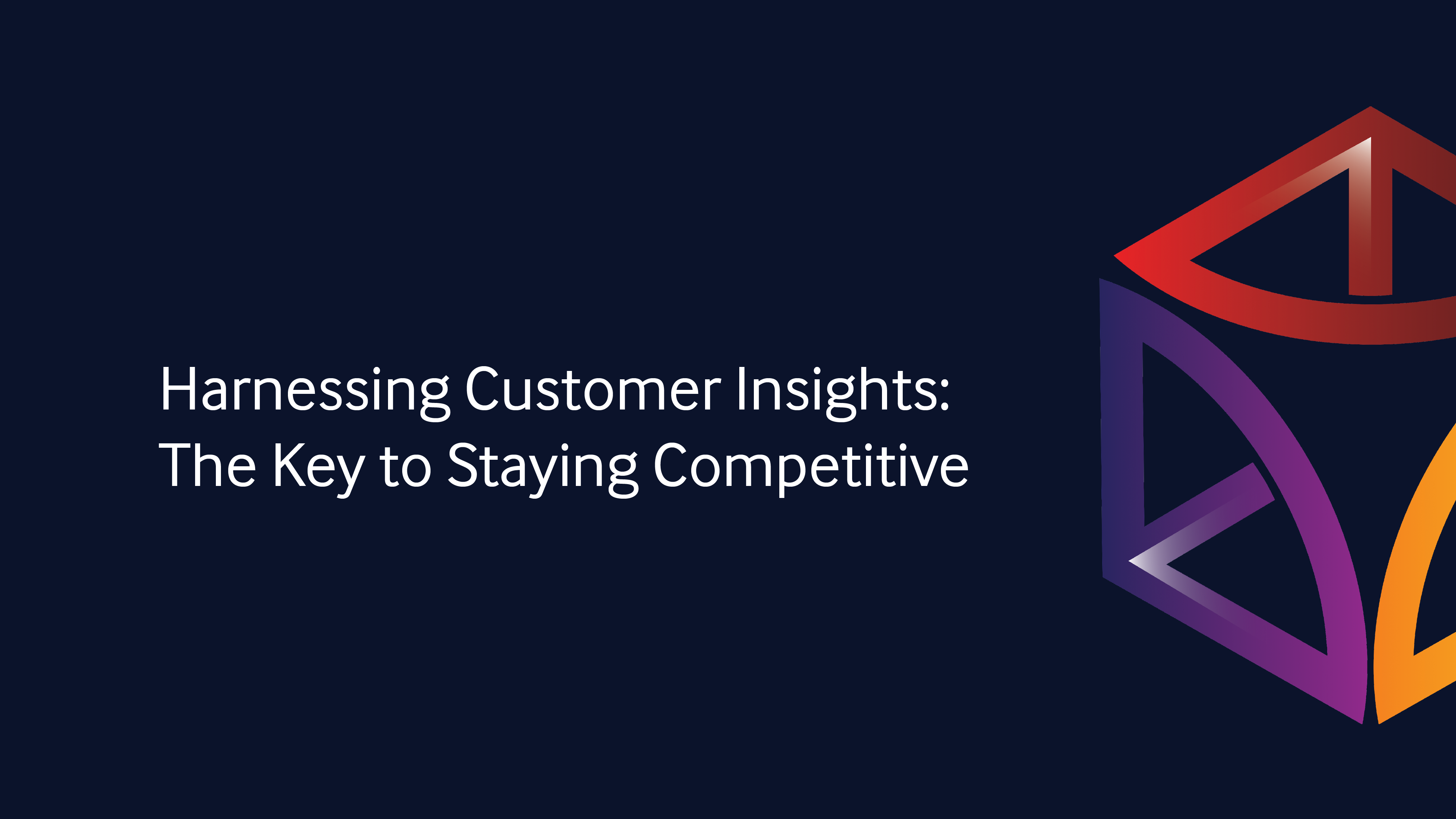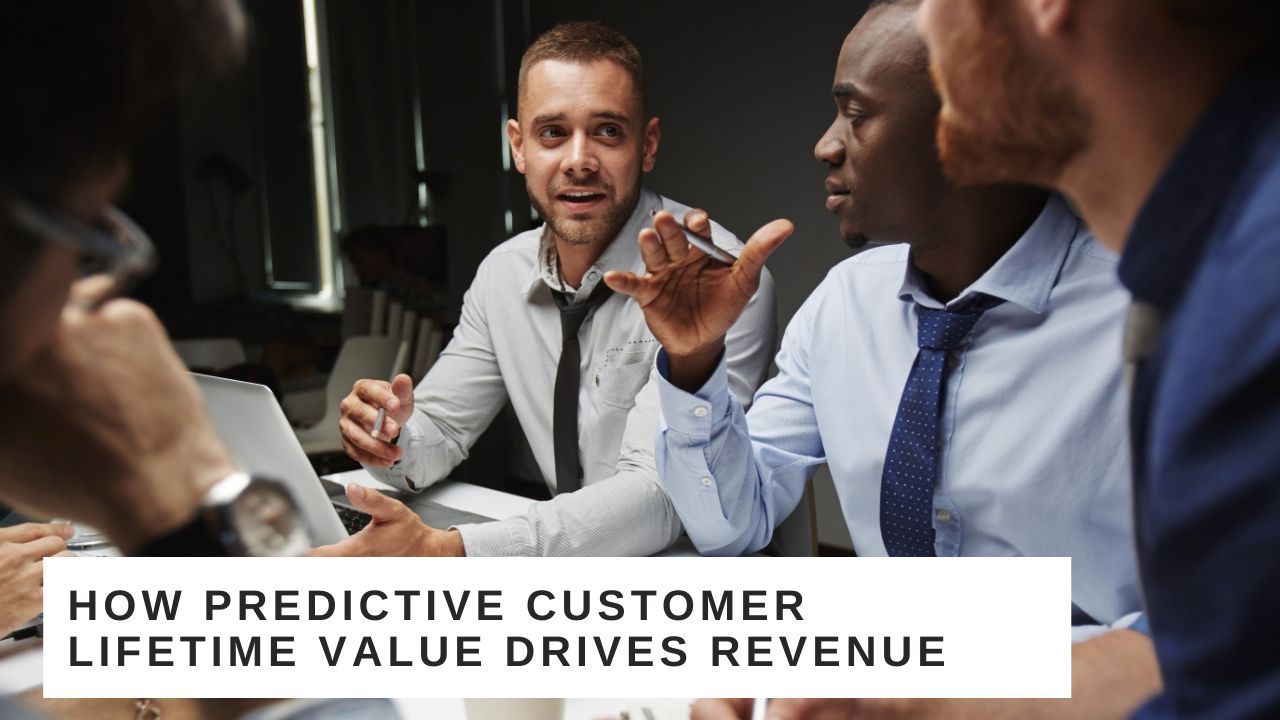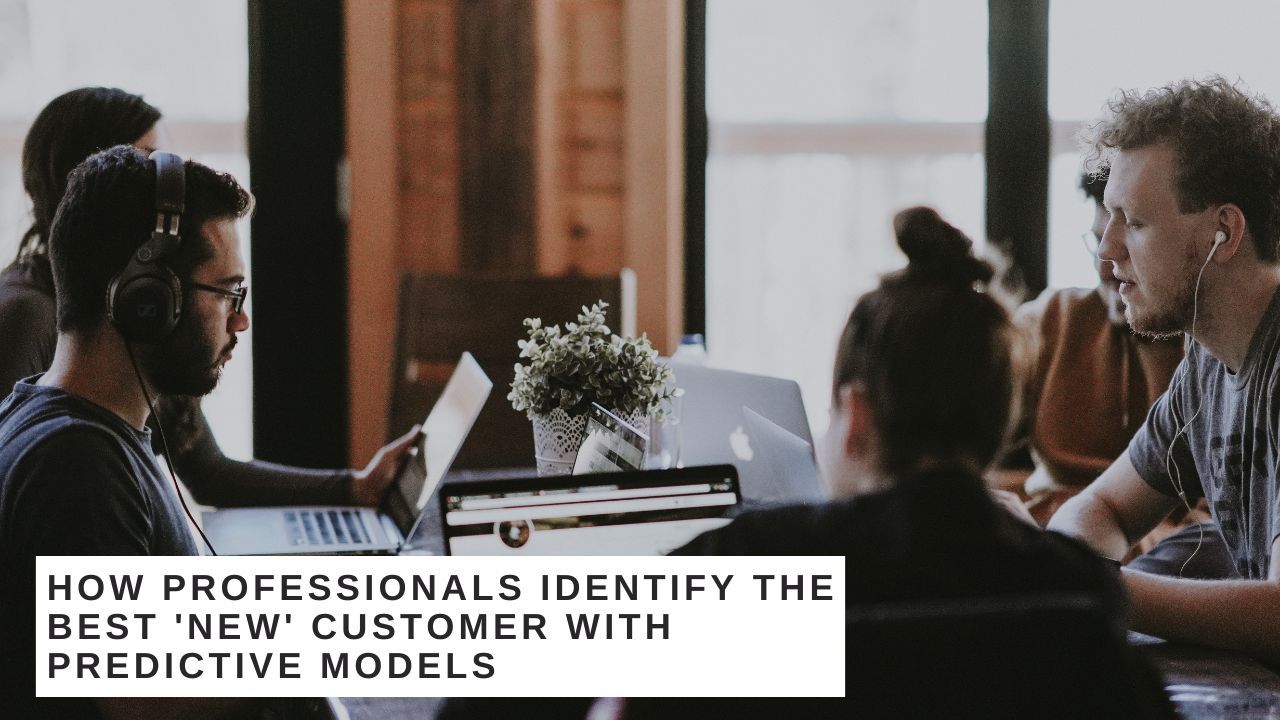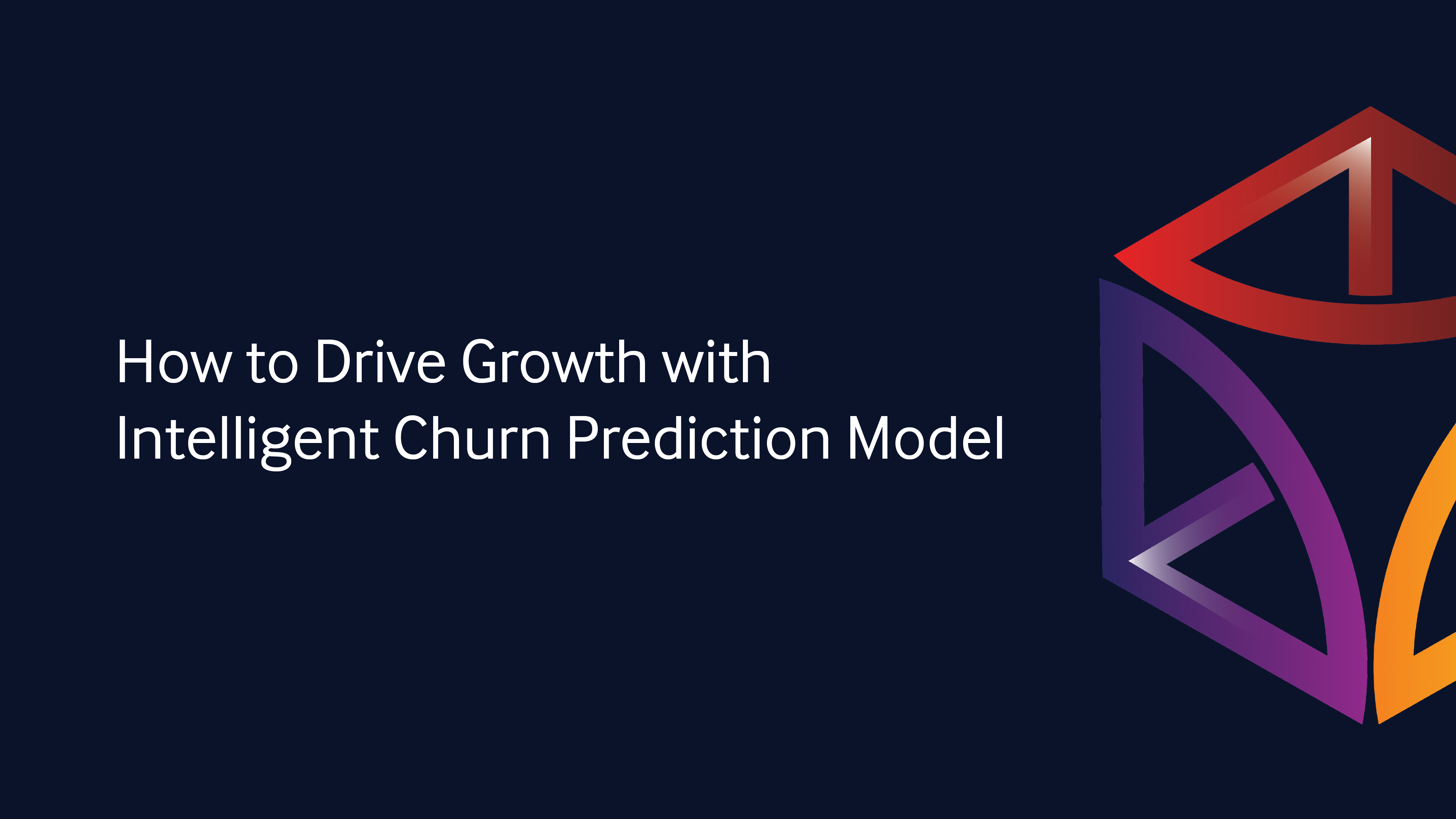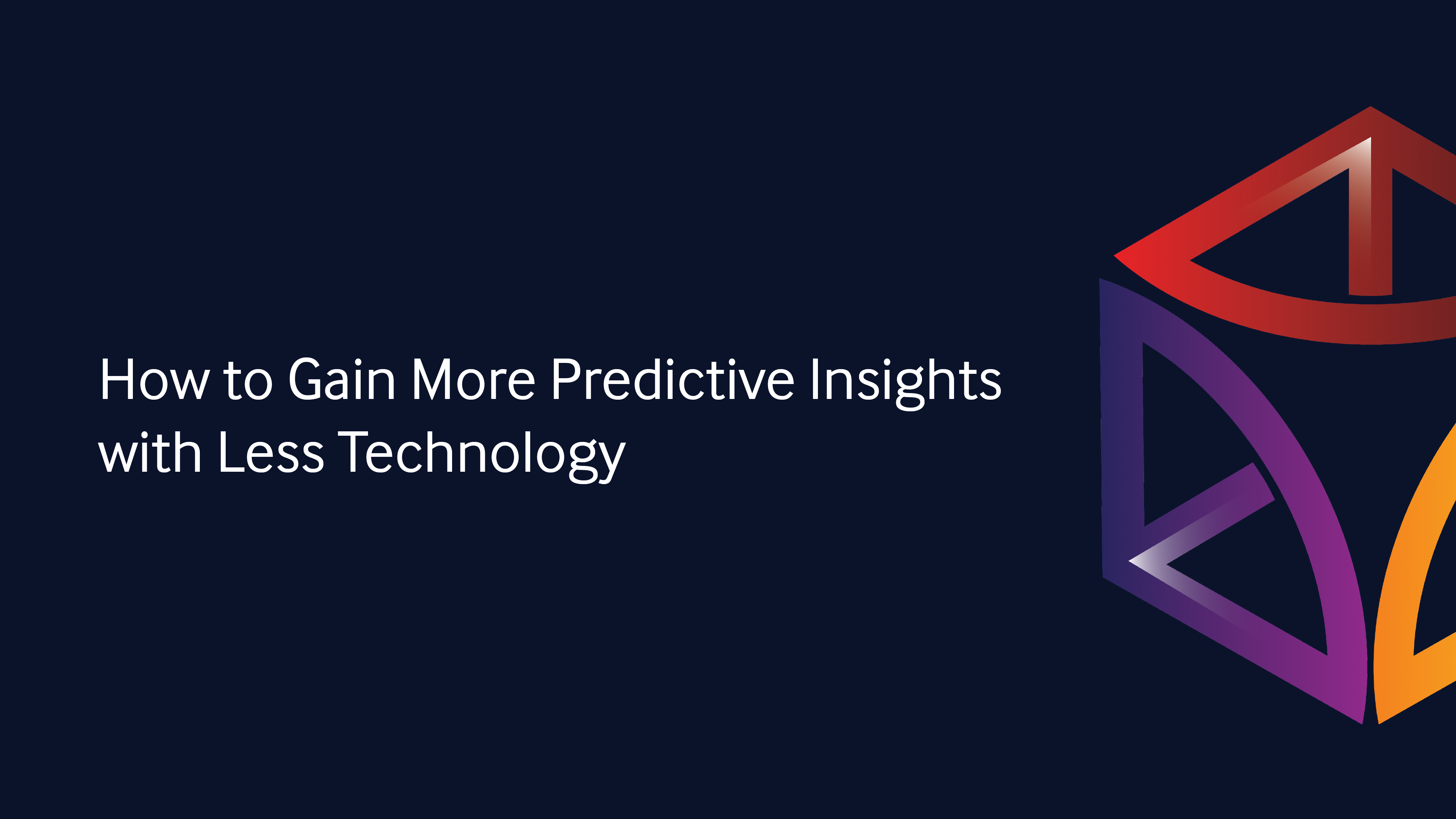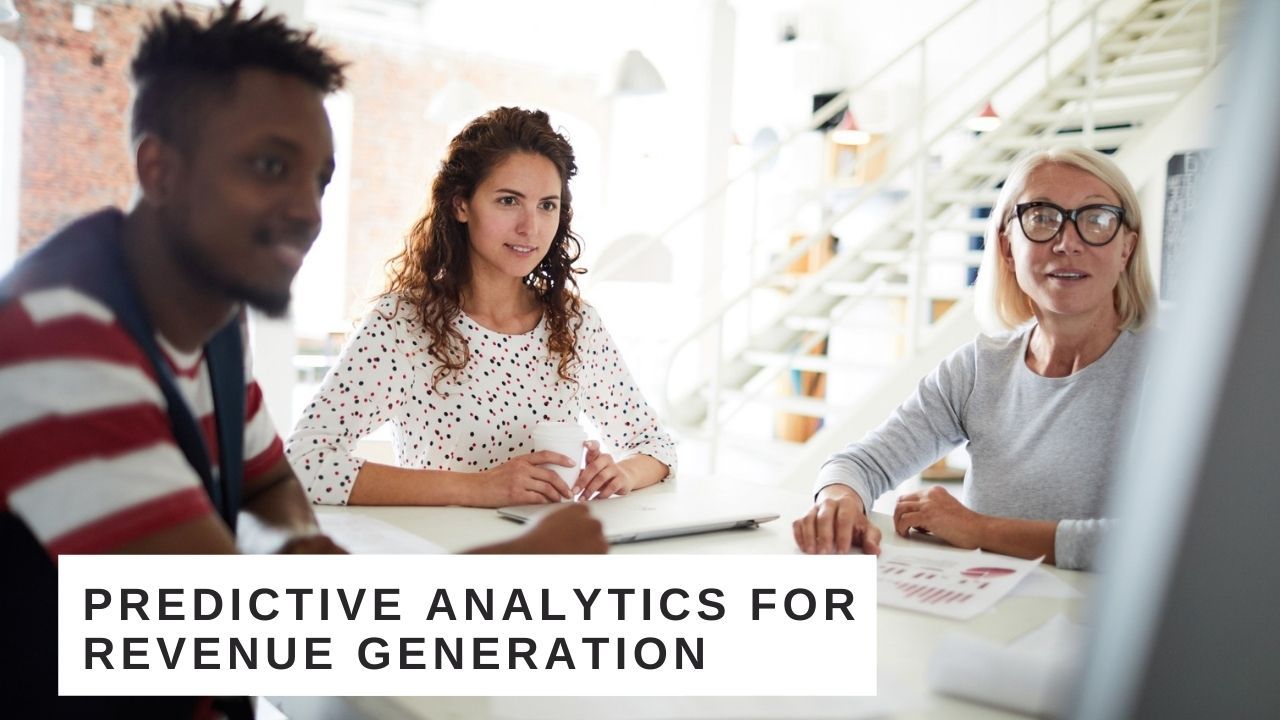

Elsa Petterson
Partner success manager @ Put It Forward
Table of Contents
- Developing a Model for Conversion Rate Optimization With Real-Time Insights (CRO)
If you think your marketing team is facing a few hurdles, you are not alone. Marketing teams, big and small, face different challenges. They have to adapt to changes in their industry, their customer’s behavior, and even marketing trends.
Nowadays, marketing teams focus on attracting traffic toward websites, believing that this traffic will naturally be turned into qualified leads. However, the case is more complex for demand generation, lead generation, and demand capture. With the recurring market changes and differences in customer demand, more than driving traffic is needed to guarantee a consistent conversion. For that, marketing teams need to turn their sights on new solutions, such as conversion rate optimization tools.
In this article, we will explain why conversion rate optimization is important, describe the possible strategies related to it, and explain how to calculate conversion rates. Therefore, if you are a marketer or an analyst, we strongly encourage you to read on.
What’s Conversion Rate Optimization
Conversion rate optimization is a set of actions and strategies introduced to boost the percentage of users of your website that perform a desired action – convert. It may be introduced both to increase sales (e.g., e-commerce stores) or to boost the number of users who leave their contact information (e.g., sign up for a newsletter). In simple terms, it’s aimed at turning more visitors into customers.
Why Is Conversion Rate Optimization Important
With the growing customer acquisition costs, attracting more and more users to your website is simply expensive. By optimizing conversion rates, you can gain more customers with fewer resources needed, achieving a higher marketing ROI.
How to Calculate Conversion Rate
There are three different ways of approaching conversion rate calculations: by traffic, by net new customers, and by lead goal. Let’s take a look at each of these separately.
By Traffic
In general, you can calculate the conversion rate by traffic by dividing the number of conversions by the number of visitors and multiplying the result by 100 – this way, you get a percentage score. However, just in this case, you can opt for two solutions:
- Calculating the conversion rates for particular subpages (those which allow users to convert).
- Calculating the conversion rate of your whole website.
By Net New Customers
In this case, you must divide your net revenue goal by your average sales price. The result is the number of new customers that you need to acquire.
By Lead Goal
To determine your lead goal, you need to take the number of new customers acquired in the previous calculation and divide it by your lead-to-customer close rate.
This way, you can use these three formulas to calculate the most important factors for your business: conversion rates, visitor-to-lead rates, or even visitor-to-customer rates.
Conversion Rate Optimization Best Practices
There are several conversion rate optimization best practices and strategies that you can leverage to improve your visitor-to-customer ratio. But, as a foreword, we need to mention that the most effective ones involve real-time insights delivered by automation and often the use of tools using AI for marketing and sales. Nevertheless, let’s look at the particular actions that you can undertake to give your conversions a boost.
Automate Customer Communication
The truth is that it’s simply impossible to achieve outstandingly high conversion rates – many people simply don’t enter your site to convert, forget about the products in their cart, or are simply only at the beginning of their sales journey. But, it doesn’t mean that you can’t turn them into customers.
One of the conversion rate optimization best practices to improve this particular aspect is to create lead magnets to be able to communicate with the users. Sending e-mails with offers, posting relevant content (segmented to match your target groups), boosting engagement through social media, retargeting/remarketing - all of this will help you get some of the users to return to your site and finally convert. But, why do you need automation for that?
The case here is simple – for this conversion rate strategy to work, you need tools that can create personalized content quickly and efficiently, i.e. automatically. It’s impossible to follow up with each lead with personalized offers manually, but with AI-driven automation tools, it’s an entirely different story. These are capable of using the data that you gathered and analyzed on each potential client and preparing a message adjusted to the particular person or company's needs.
Automate Lead Scoring
An automated lead scoring solution is also among your must-have conversion rate optimization tools. Most leads simply won’t turn into sales, and that’s natural. Only 3% of your target market is in an active buying motion. While 97% are in research or have not identified the problem to solve. So, you don’t want to waste time on pursuing them. Automated lead scoring helps you avoid that.
With platforms like Marketo, Eloqua, or HubSpot you can track prospects across your sales funnel and grant (or deduce) points depending on their actions – with little effort from your team. You can set the score, which will be considered as “ready for a conversation, or ready for a demo, or ready for a sale,” and whenever a user achieves it, they will be passed to the sales teams seamlessly, and you’ll save vast amounts of time, accelerating the sales cycle.
Automate Customer Data Analysis
Bear in mind that for the first two strategies to be effective, you need to base your insights on the right customer data, which is complete and gathered across different teams. For that, you need a proper data integration system that will collect all the information that you have about your clients in one place, from which your conversion rate optimization software will be able to access it.
With this data stored and analyzed in one place, all your other platforms (e.g. Marketing and Sales Technology Stack) will have access to the most up-to-date information about the clients, enabling you to conduct the most effective, personalized targeted marketing strategies. In addition, with real-time insights organizations will be better equipped to maximize their sales productivity.
Develop a Conversion Rate Model with Put It Forward
At Put It Forward, we build conversion rate models with our Intelligent Automation Platform. With us, you can:
- Choose the audience segment to focus on – Select the attributes of the perfect audience for the AI predictive models to focus on. This way, you’ll get the best possible results and see what target groups you need to center your attention on.
- Use “what if” scenarios – Test different models to optimize revenue creation, churn, or customer engagement. See how each of the models will scale along with your business.
- Validate results – See the results of each iteration and test them before using the model in the market. This way, you will validate the sought-after results and use the models more effectively.
Summary
So, why is conversion rate optimization so important? Because it enables you to improve customer acquisition, customer lifetime value, and sales productivity without the need to use up too many resources to boost your website traffic. To do so, you first need to calculate your conversion rates to traffic, net new customers, and lead goal. Then, you can use several strategies, including:
- Customer communication automation.
- Lead scoring automation.
- Customer data analytics automation.
With all of that in place, you will start closing more leads without the need to attract even more visitors to your website. Don’t know how to start? Check the Put It Forward Conversion solution.
Did you find this article insightful? You may also want to read other resources from our blog, especially our article on measuring true marketing ROI.
Subscribe to our blog
